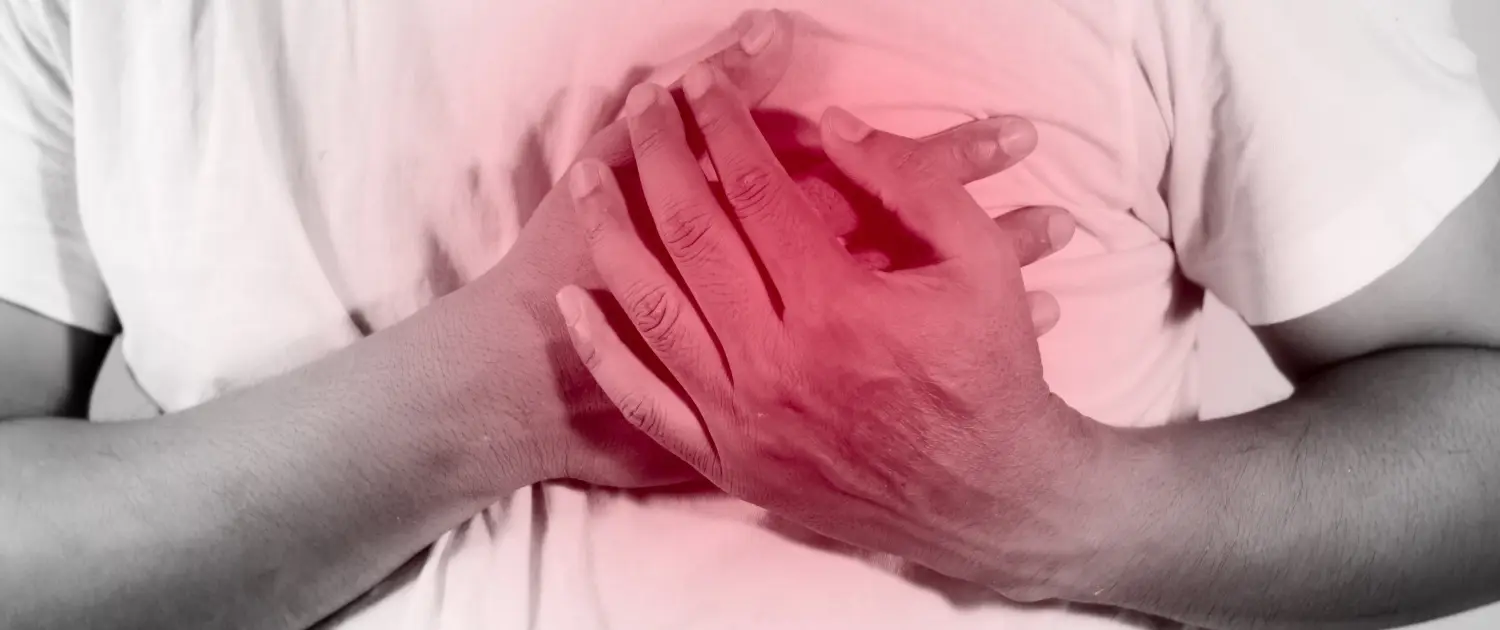Peer bullying (or school bullying) refers to a situation where a child is constantly physically, verbally or emotionally abused by other children. This type of bullying is a common problem among children and teenagers and can lead to serious consequences.
Causes of Peer Bullying:
1. Desire for Power and Control: Bullies may want to feel powerful and dominant. Bullying may occur as an attempt to control the victim’s emotional reactions.
2. Emotional Issues: Bullying behavior may be a reflection of personal issues underlying the bullying. For example, the bully may experience insecurity or low self-esteem.
3. Domestic Problems: Domestic violence can increase the likelihood of modeling bullying behavior. Children who observe bully behaviors may copy those behaviors.
4. Social Pressure: Social norms or the media can encourage bullying behavior. Discrimination or exclusion can lead to society’s prejudices that encourage bullying behavior in children.
5. Targeting the Victim: Another reason for bullying may be the differences or weaknesses of the victim chosen by the bully. These differences can lead to the bully finding his target.
Preventing and Coping with Peer Bullying:
Prevention:
1. Education and Awareness: Education and awareness programs should be initiated in schools and families about what peer bullying is, how it can be recognized and why it is harmful.
2. Developing Empathy: Encouraging empathy is an effective method of preventing bullying. Children should be taught to understand other people’s emotions and experiences.
3. Model Behaviors: Parents and teachers can show children how to solve problems without encouraging bullying by modeling behavior.
4. School Policies and Monitoring: Schools should take bullying seriously and develop clear policies against such behavior. It is important to monitor and intervene in cases of bullying.
Coping:
1. Open Communication: Children who are bullied should communicate openly with their families or trusted adults. It is important to share your feelings and seek support.
2. Communication with School Personnel: School personnel can address bullying incidents. They can seek solutions by contacting parents, teachers or guidance counselors.
3. Providing a Safe Environment: Children who are bullied should take precautions to feel safe. It is important that they feel safe at school or at home.
4. Emotional Support and Counseling: Professional counseling services can provide emotional support to children who are being bullied. Therapists can help children recover emotionally.
5. Strategies for Standing Up to Bullying: It is important to teach children how to respond to bullying. It can help them develop strategies that will increase their self-esteem and security.
As a result, peer bullying is a responsibility that falls on society and families. Education, support, and open communication are important to prevent bullying and deal with it. Everyone needs to work together to prevent bullying and support children who are bullied.
Related Posts




